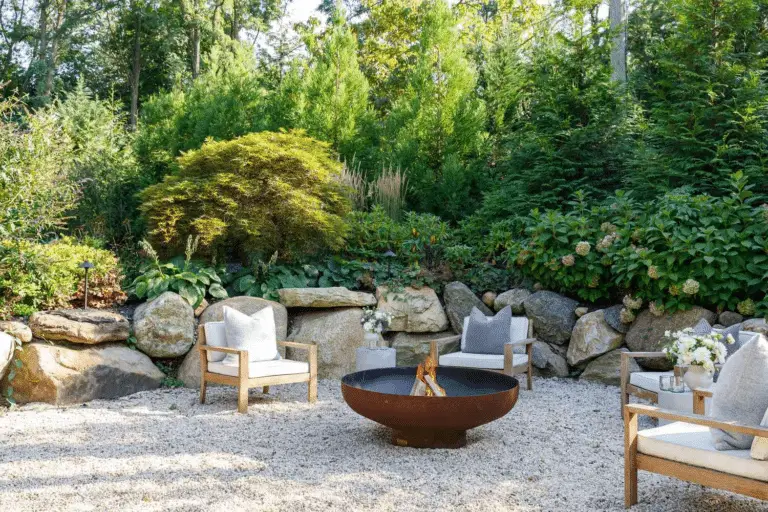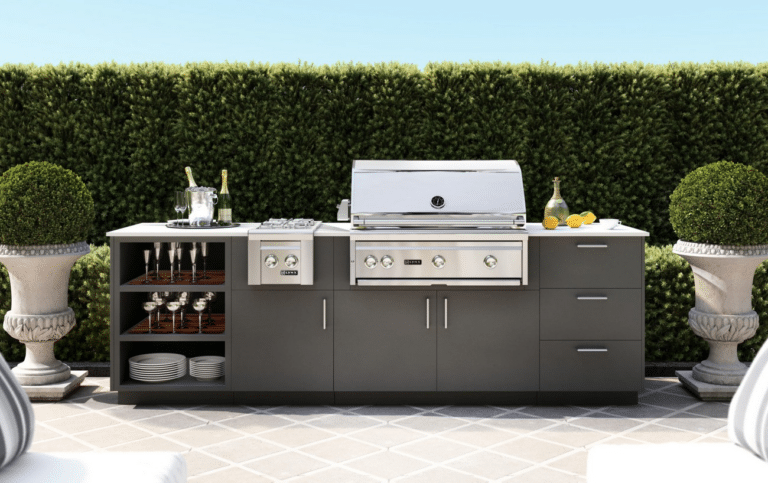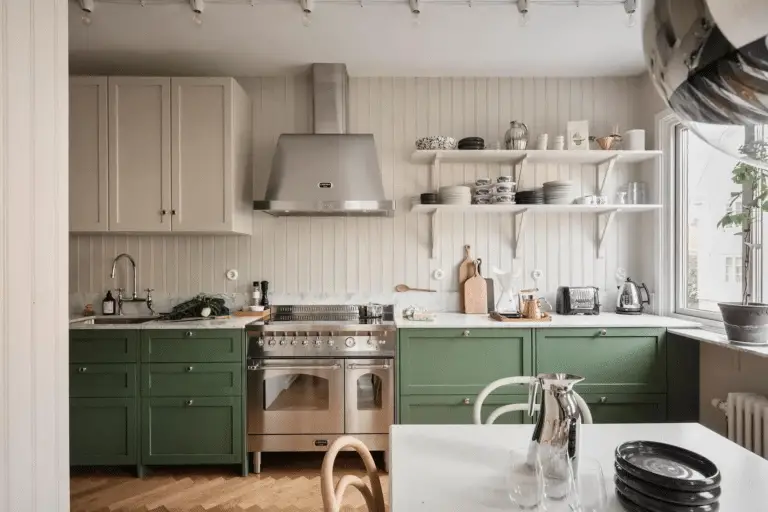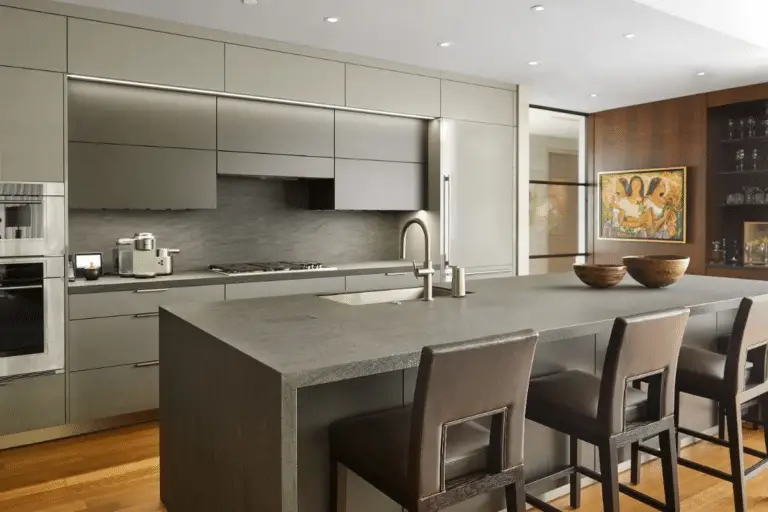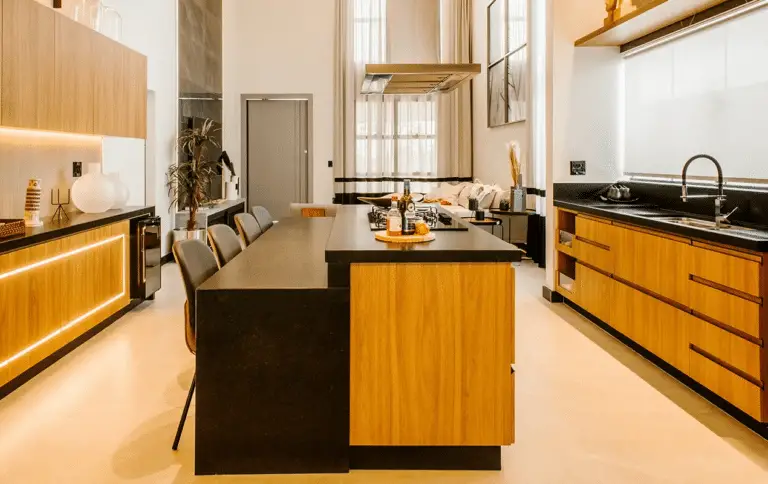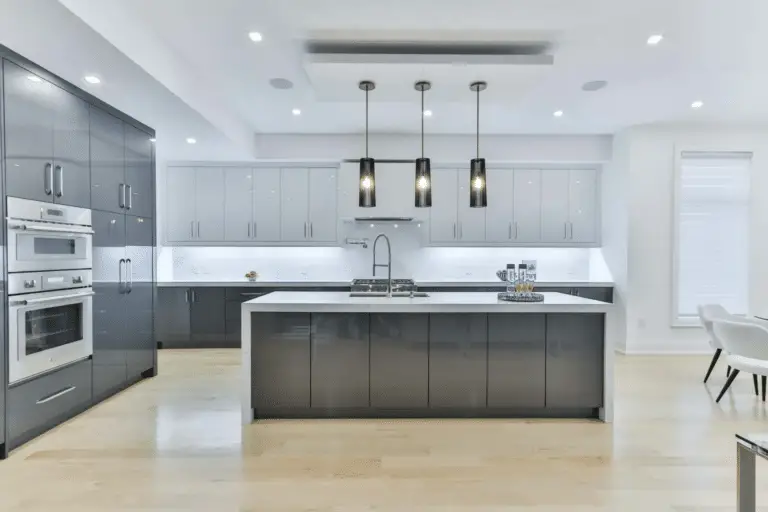Step into the world of monochromatic kitchens where every shade of light plays a crucial role in transforming the space. From understanding the basics of kitchen lighting to exploring different solutions like recessed and pendant lighting, this blog post will guide you through the art of illuminating a monochrome kitchen.
Join us as we delve into the importance of balanced lighting and discover how the right fixtures can enhance the aesthetics of your kitchen. Let’s brighten up your cooking space together!
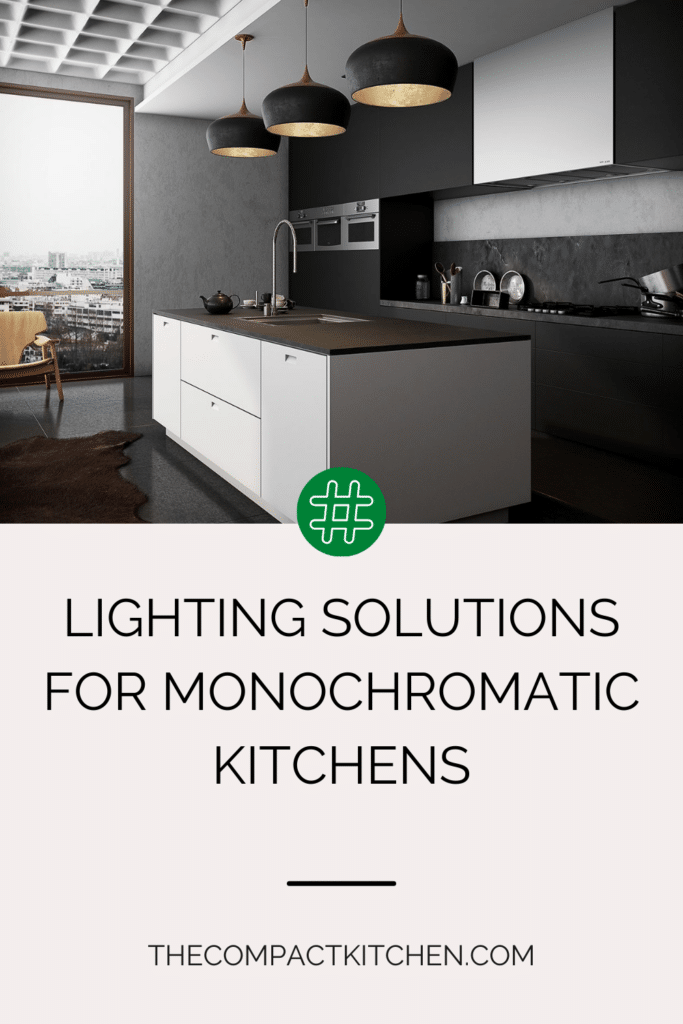
Introduction to Monochromatic Kitchens
When it comes to designing a monochromatic kitchen, the key is to create a cohesive and visually appealing space that revolves around a single color palette. This design approach not only exudes elegance but also offers a timeless appeal that can complement any home style. However, to truly enhance the aesthetics of a monochromatic kitchen, one crucial element that cannot be overlooked is lighting.
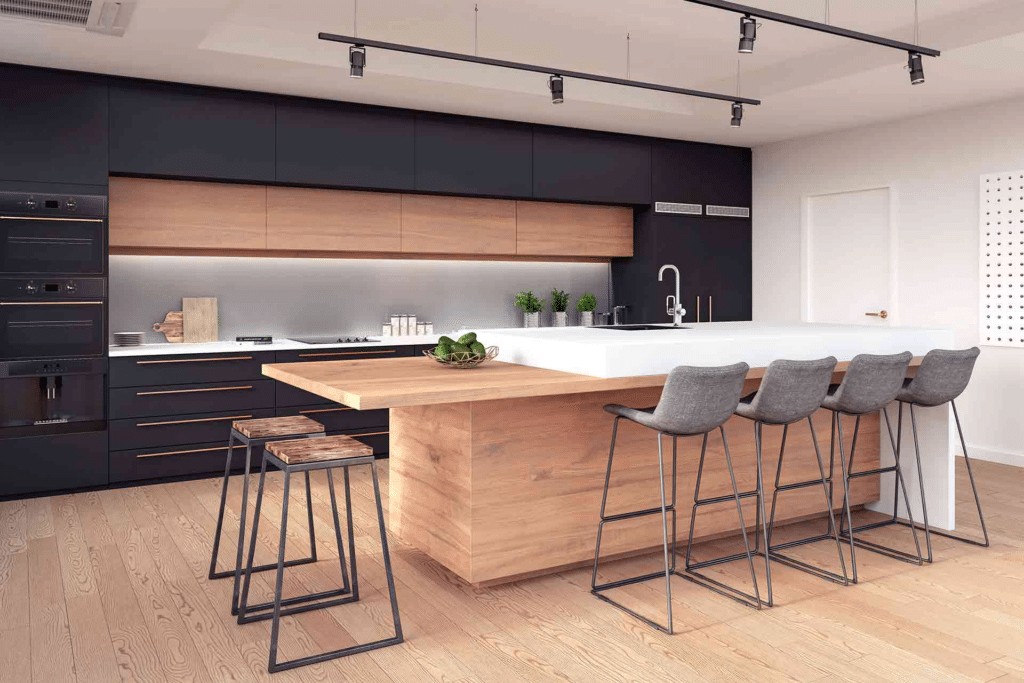
Proper lighting is essential for creating the right ambiance and bringing out the best in a monochromatic kitchen design. Whether you’re going for a sleek all-white look or a sophisticated black and grey scheme, the right lighting solutions can make all the difference in highlighting the textures, finishes, and overall design elements of your kitchen.
Understanding Kitchen Lighting Basics
Before delving into the specific lighting solutions for monochromatic kitchens, it’s essential to grasp the basics of kitchen lighting. There are three main types of lighting that play a crucial role in any kitchen design: Ambient lighting, Task lighting, and Accent lighting.
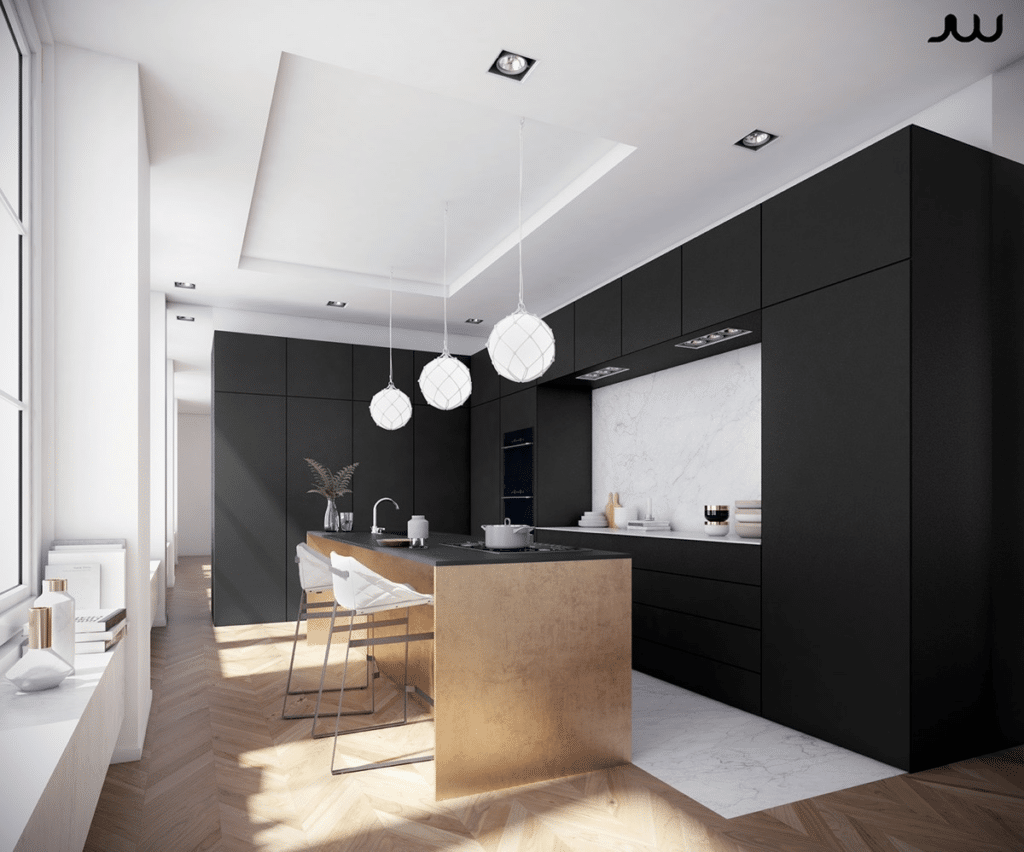
Ambient lighting provides overall illumination to the kitchen space, ensuring that there are no dark corners and creating a welcoming atmosphere. Task lighting, on the other hand, is focused on specific work areas such as the countertop, sink, or stove, providing adequate lighting for tasks like food preparation and cooking. Lastly, accent lighting is used to highlight certain features or focal points in the kitchen, adding depth and visual interest to the space.
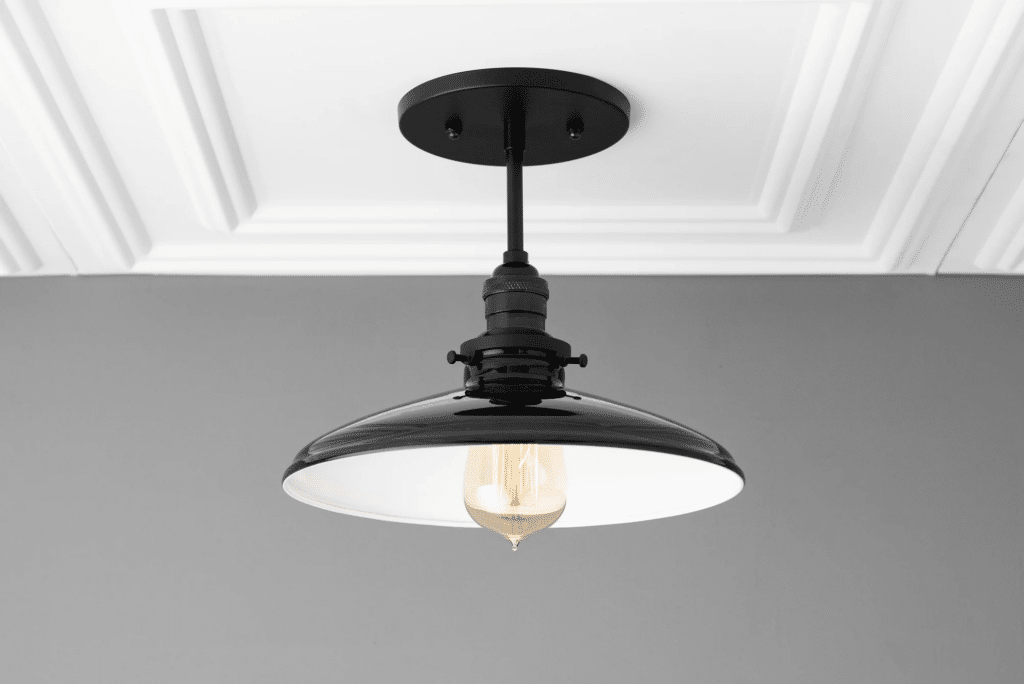
For a monochromatic kitchen, a balanced combination of these three lighting types is essential to achieve the desired look and functionality. Properly layered lighting can enhance the monochromatic theme while ensuring that the kitchen remains functional and aesthetically pleasing.
Understanding Kitchen Lighting Basics
When it comes to designing a monochromatic kitchen, lighting plays a crucial role in enhancing the overall aesthetics of the space. By understanding the basics of kitchen lighting, you can create a well-lit environment that not only looks good but also functions effectively.
The Three Types of Lighting
There are three main types of lighting that are essential for any kitchen layout: ambient, task, and accent lighting. Ambient lighting provides overall illumination for the entire space, ensuring that there are no dark corners or shadows. Task lighting, on the other hand, is focused on specific areas where tasks like food preparation or cooking take place. Lastly, accent lighting is used to highlight certain features or areas of the kitchen, adding depth and visual interest.

In a monochromatic kitchen, it’s important to balance these three types of lighting to create a harmonious and well-lit environment. By strategically placing each type of lighting, you can highlight the design elements of the kitchen while also ensuring that it is a practical and functional space.
The Importance of Balanced Lighting
One key takeaway when it comes to kitchen lighting basics is the importance of balanced lighting. This means that each type of lighting should complement the others to create a cohesive and inviting atmosphere. For example, in a monochromatic kitchen, you may want to use recessed lighting for ambient illumination, pendant lighting for task lighting over the kitchen island, and under-cabinet lighting for accentuating the countertops.
By achieving a balance between these different lighting elements, you can create a dynamic and visually appealing space that is both functional and stylish. Remember, when it comes to lighting in a monochromatic kitchen, less is often more. Opt for quality fixtures that enhance the overall design without overpowering the simplicity of the color scheme.
Understanding the basics of kitchen lighting is essential for creating a well-designed and well-lit monochromatic kitchen. By incorporating ambient, task, and accent lighting in a balanced way, you can transform your kitchen into a functional and inviting space that truly shines.
Lighting Solutions for Monochromatic Kitchens
When it comes to designing a monochromatic kitchen, lighting plays a crucial role in enhancing the overall look and feel of the space. Optimal lighting choices can not only make the kitchen more functional but also create an inviting atmosphere that complements the monochromatic theme. Let’s explore some key lighting solutions that can elevate your monochromatic kitchen.
Optimal Lighting Choices
One of the most popular lighting solutions for monochromatic kitchens is recessed lighting. Recessed lights are sleek and minimalistic, blending seamlessly into the ceiling to provide ample ambient lighting throughout the space. They are perfect for creating a bright and welcoming environment without overwhelming the monochromatic color scheme.
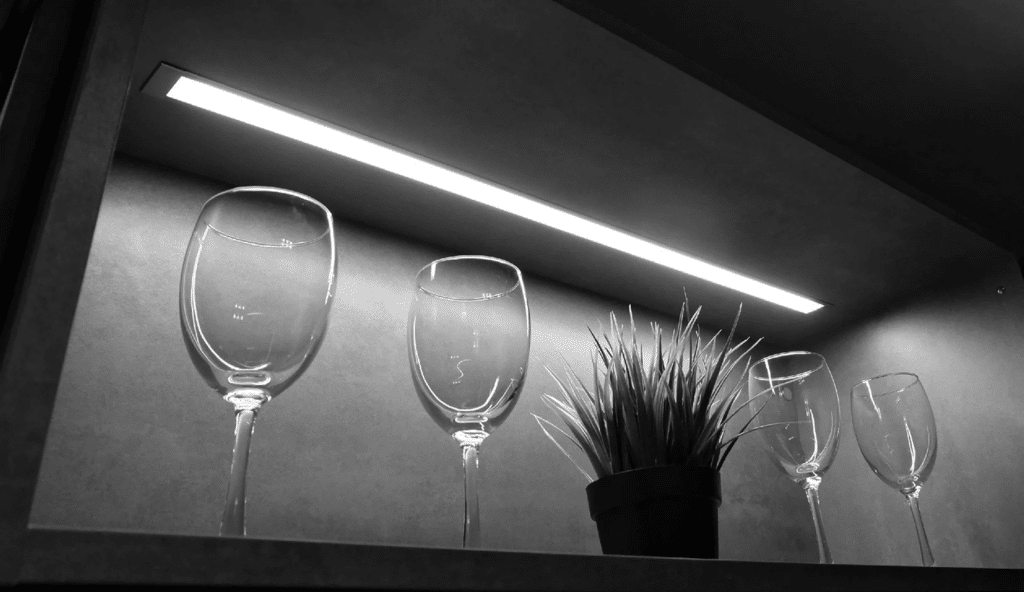
Another great option is pendant lighting, which can add a touch of elegance and personality to your kitchen. Pendant lights come in a variety of shapes and styles, making it easy to find the perfect fixtures that complement your monochromatic theme. These lights can be used to illuminate specific areas of the kitchen, such as the island or dining table, while also adding visual interest to the space.
For task lighting, under-cabinet lighting is essential in a monochromatic kitchen. These lights are installed beneath the upper cabinets to provide focused illumination on the countertops, making food prep and cooking tasks much easier. Under-cabinet lighting also creates a warm and inviting ambiance, highlighting the textures and details of your monochromatic design.
Choosing the Perfect Light Fixture Designs
When selecting light fixtures for your monochromatic kitchen, it’s important to consider the design and finish that will best complement the overall aesthetic. Opt for fixtures with clean lines and simple designs to maintain the minimalist look of a monochromatic space. Choose finishes that match or contrast with your kitchen color palette, adding visual interest and depth to the room.
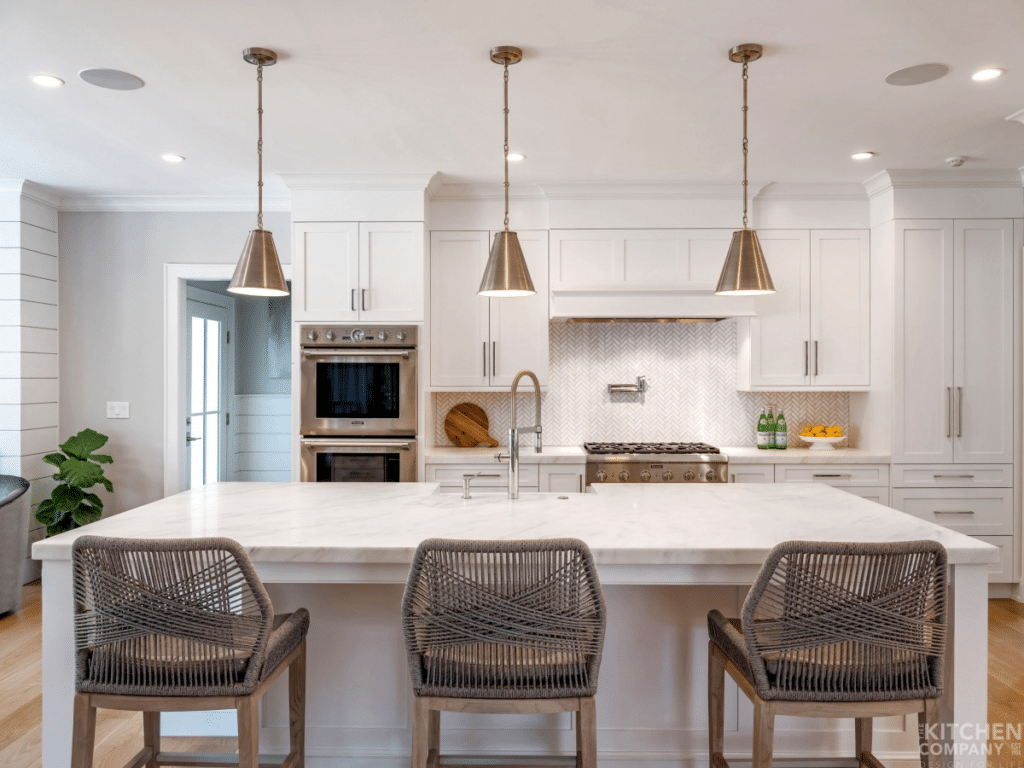
For example, if your monochromatic kitchen features white cabinets and countertops, you might opt for matte black pendant lights to create a striking contrast. On the other hand, if your kitchen has a dark color scheme, like shades of charcoal or navy, brass or gold fixtures can add a touch of warmth and sophistication.
By carefully selecting light fixture designs and finishes that harmonize with your monochromatic theme, you can create a cohesive and stylish kitchen that is both functional and visually appealing.
Case Study: How to Illuminate a Monochromatic Kitchen
Imagine walking into a sleek and stylish monochromatic kitchen where every detail is meticulously planned to create a cohesive look. The key to achieving this seamless aesthetic lies in the lighting solutions chosen for the space. Let’s dive into a hypothetical case study to understand how different lighting choices can impact the overall ambiance and functionality of a monochromatic kitchen.
Setting the Mood with Ambient Lighting
First and foremost, ambient lighting sets the tone for the entire kitchen. In our case study, we opt for recessed lighting installed strategically in the ceiling to provide overall illumination without creating any glare or harsh shadows. The soft glow of ambient lighting wraps the space in a warm embrace, making it feel inviting and cozy.
Enhancing Functionality with Task Lighting
Next, let’s focus on task lighting, which is essential for specific work areas in the kitchen. In our monochromatic kitchen, we install under-cabinet lighting to illuminate the countertops and workspace. This type of lighting is not only practical but also adds a subtle touch of brightness to the otherwise monochrome palette, making the kitchen feel more dynamic and lively.
Adding a Touch of Elegance with Accent Lighting
To highlight key design elements in the kitchen, we introduce pendant lighting above the kitchen island. These fixtures not only provide focused light for tasks like food preparation or dining but also serve as decorative accents that break the monotony of the monochromatic color scheme. The interplay of light and shadows created by the pendant lighting adds depth and visual interest to the space.
Experimenting with Light Placements
As we experiment with different light placements in our monochromatic kitchen, we realize the transformative power of lighting. By adjusting the intensity and direction of light, we can create different moods and atmospheres in the same space. For example, dimming the ambient lighting while highlighting the pendant lights can shift the kitchen from a bright and bustling cooking area to a cozy and intimate dining space.
In conclusion, our case study demonstrates how thoughtful lighting solutions can elevate the design of a monochromatic kitchen. By combining ambient, task, and accent lighting in strategic locations, we can achieve a harmonious balance of functionality and aesthetics. The key takeaway here is that lighting is not just a practical necessity but a powerful design element that can truly bring a monochrome kitchen to life.
Bringing Light to the Monochrome
When it comes to designing a monochromatic kitchen, lighting plays a crucial role in creating the right ambiance and enhancing the overall aesthetic. In this section, we will delve into the key takeaways of lighting solutions for monochromatic kitchens.
Highlight of Key Points
One of the main considerations when lighting a monochromatic kitchen is to ensure a good balance of ambient, task, and accent lighting. Ambient lighting provides overall illumination, task lighting helps in specific work areas, and accent lighting adds depth and dimension to the space.

Choosing the right lighting fixtures is essential in achieving the desired look for your monochromatic kitchen. Recessed lighting is ideal for creating a clean and minimalist look, while pendant lighting adds a touch of elegance. Under-cabinet lighting is practical for task lighting, and selecting the right fixture designs and finishes to complement the monochromatic theme is key.
Overall Transformation
By investing in quality lighting solutions, a monochromatic kitchen can be transformed into a cozy and welcoming space. The right lighting not only illuminates the area but also enhances the design elements, creating a harmonious and visually appealing environment.
Closing Thoughts
Good lighting is often underestimated but can make a significant difference in the overall look and feel of a kitchen. Whether it’s recessed lights casting a warm glow or pendant lights adding a touch of sophistication, the right lighting solutions can truly bring light and life to a monochromatic kitchen.
Casting Light on Monochromatic Magic
In the world of monochromatic kitchens, lighting is the secret ingredient that brings everything together. From ambient to task to accent lighting, each plays a crucial role in transforming your space. By carefully selecting the right fixtures and placements, you can create a kitchen that is not only visually stunning but also functional. So, remember, when it comes to monochrome, let there be light! Illuminate your kitchen and watch it come to life like never before.


